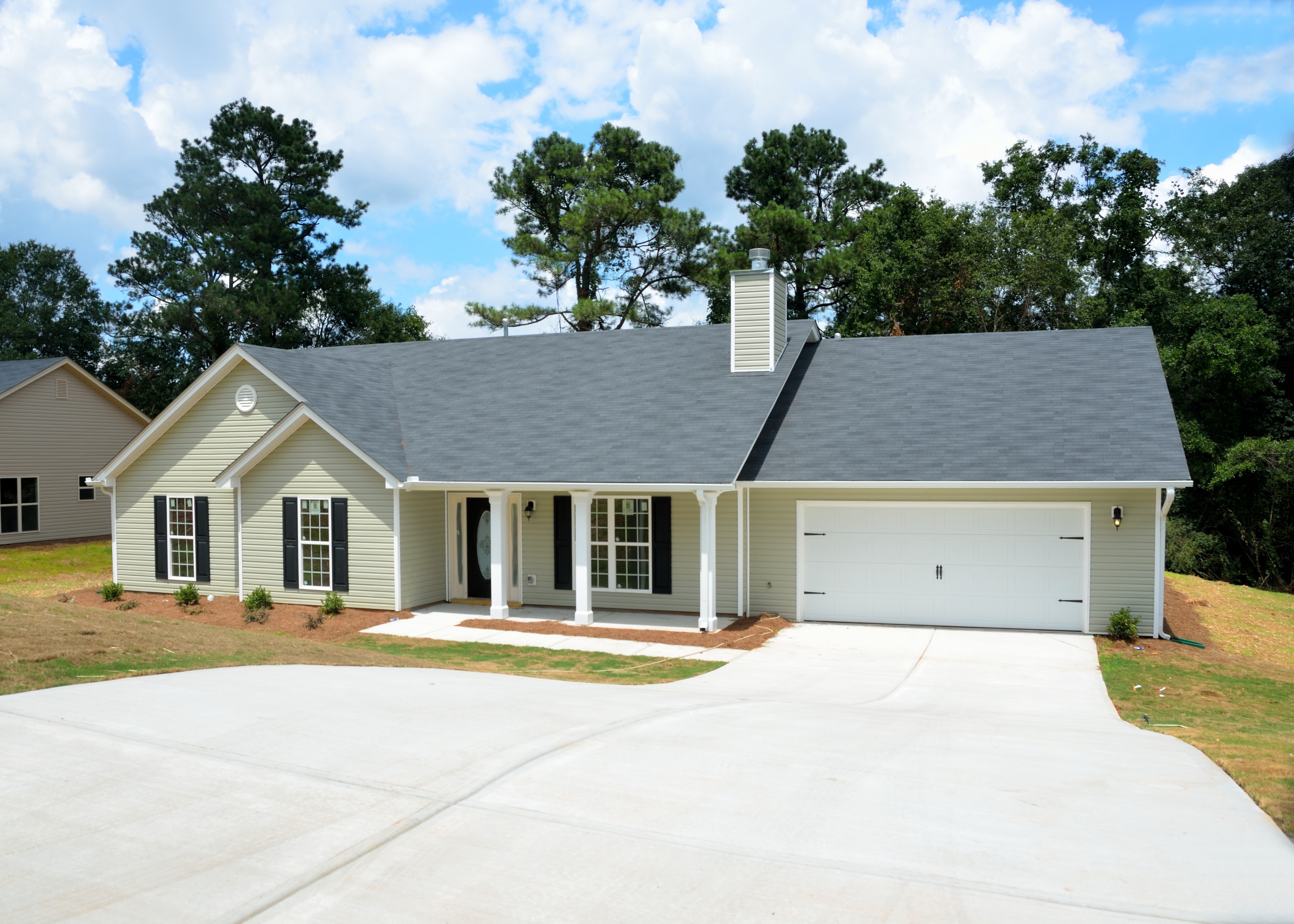
Accessible Harford County Homes
Harford County is a place that’s proud of its services for citizens with disabilities. Not only has a brand new sensory trail for children with disabilities recently been unveiled, Harford County Government (with thanks to the APGFCU) has set in motion plans to build a new baseball pitch that will provide young people with accessible facilities to participate in the sport. It’s not just outdoor pursuits where members of the community may need additional support and the need to make homes more accessible is also recognized. Accessible homes encourage independence and allow people with disabilities or mobility issues, those in ill health and the elderly, to get the most out of living in their own homes. Let’s take a look at some ideas for those looking to make their Harford County home more accessible.
Start From The Outside In
The first step to making any home more accessible is the entryway. For minor mobility issues, a grab rail by the front door should make entering the home via steps much easier. More severe mobility problems may call for a step free entryway; a ramp for easier access and widening of doors for wheelchairs to fit through.
A common issue is difficulty lifting and grasping objects. In this case, replacing door knobs with levers will make the door mechanism easier to operate. Harford County Government has a bank of resources that can help people decide what additional assistance is available, according to the needs of the individual.
Adaptable Furniture and Fittings
Once inside a home, the furniture, appliances and fittings should be assessed to identify opportunities that could make accessing and operating them easier. Think about the accessibility of different rooms in the home and how using them on a day-to-day basis could be difficult for somebody with additional needs. There are lots of ways that homes can be modified for those with limited mobility, yet unfortunately, many homes in the US are still substandard when it comes to accessibility, especially within the rental sector.
Grab bars can be fitted around a property and are especially useful in bathrooms and showers. Widening doors and walkways will allow access for wheelchairs and removing walls to make the home more open-plan could also be considered. The height of appliances, surfaces and light switches should also be altered to the correct height for the wheelchair user.
A further idea is to purchase furniture that can adapt according to the needs of the user. Adjustable beds for example are invaluable for those who have become bedroom bound; by simply pushing a button they can adjust the bed to a sitting position. Automated closets operate in a similar way and will bring clothes within easy reach at the touch of a button.
Utilize New Technology
Some 39 million Americans now own a smart speaker, and with their rising popularity, voice control technology is becoming commonplace in homes. Google Home, Amazon Echo and other alternative systems all have the ability to operate lights, heating, appliances and automated systems (such as window blinds or doors) without needing to physically touch them. The technology is relatively new and as it develops and becomes more affordable/easier to use, it could be a game changer for those with physical impairments or mobility issues.
Enabling those with a mobility issue or a disability to live in their own home can be both a comfort and an important part of not feeling reliant on others. Whether utilizing the latest technology or introducing simple adaptations to existing furniture and fittings, there are lots of ways to make this process easier for the individual involved. In turn empowering them to stay independent and safe.